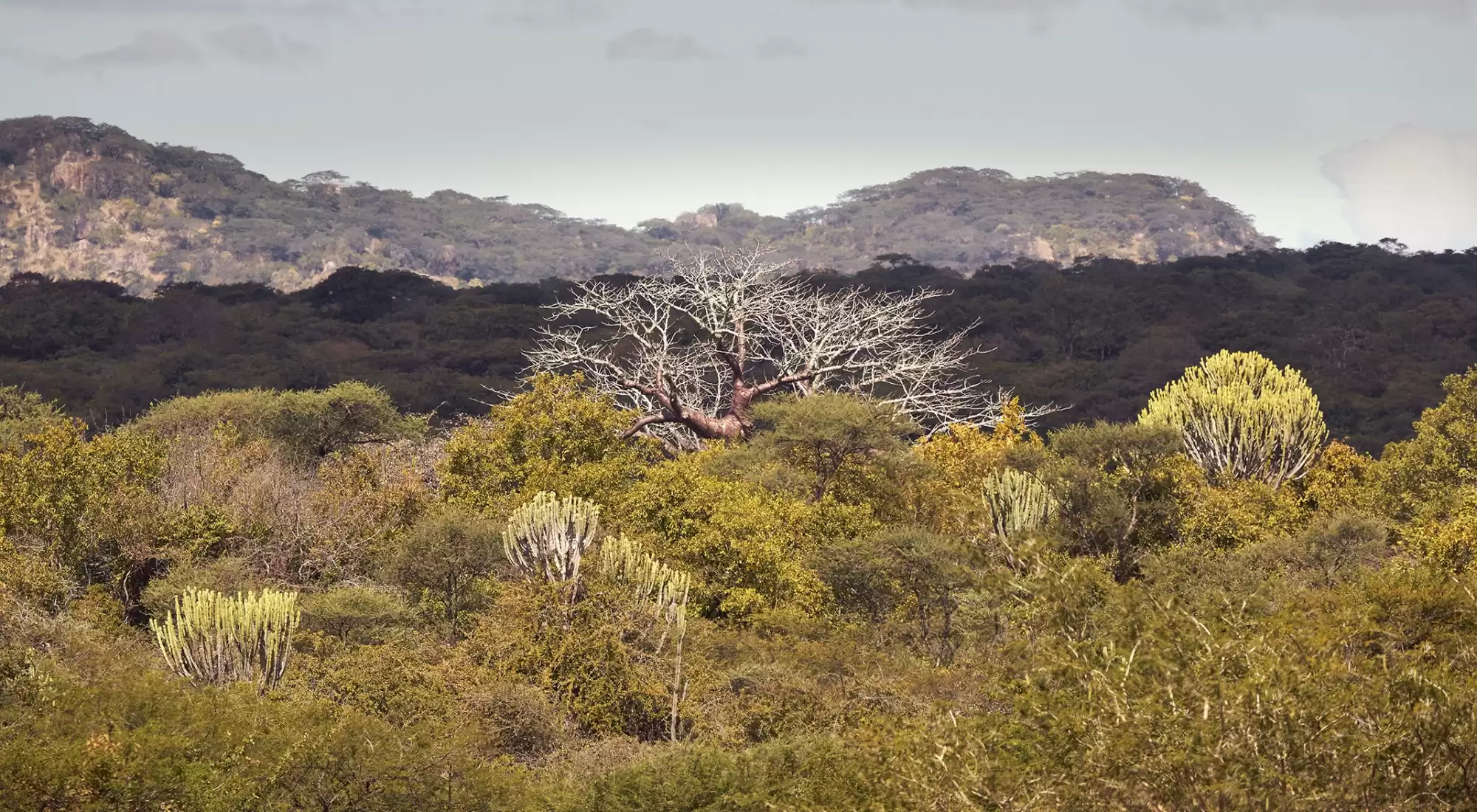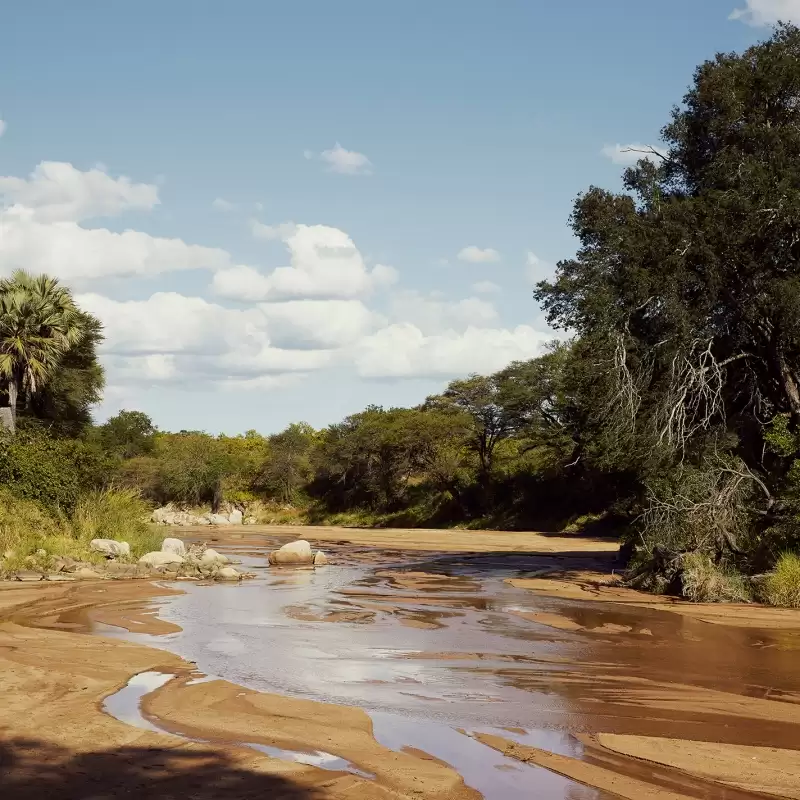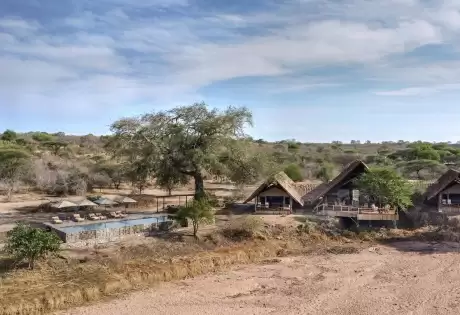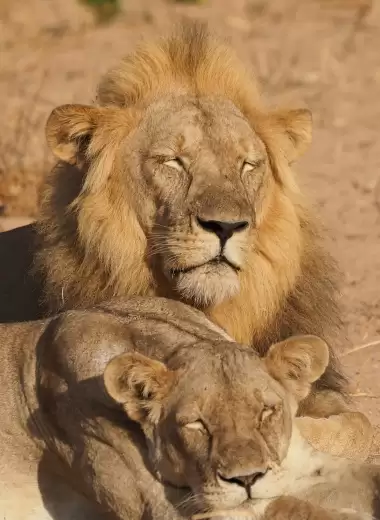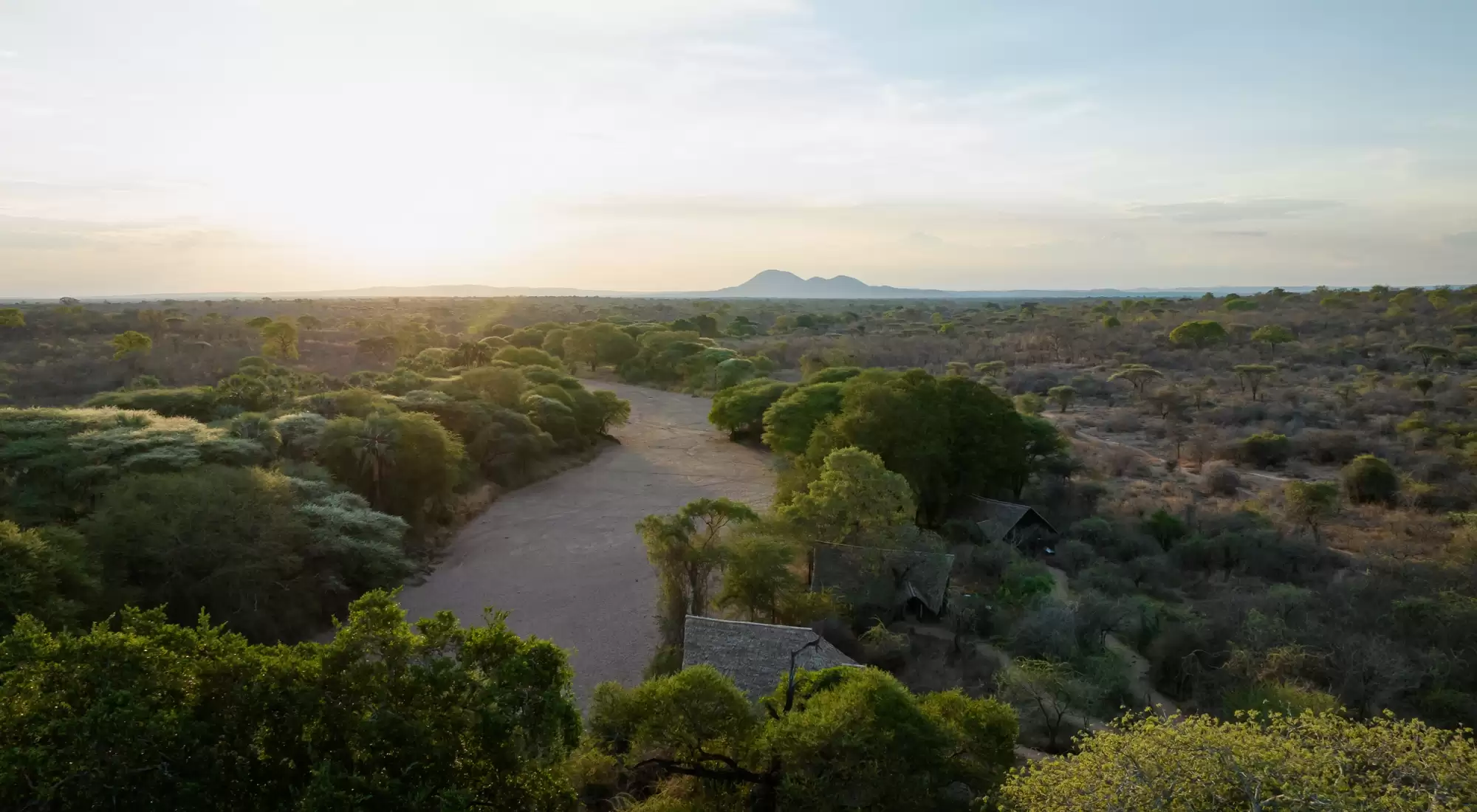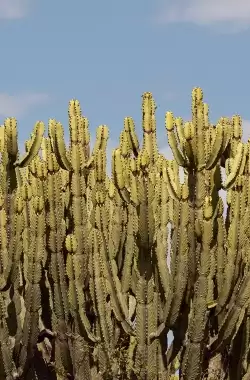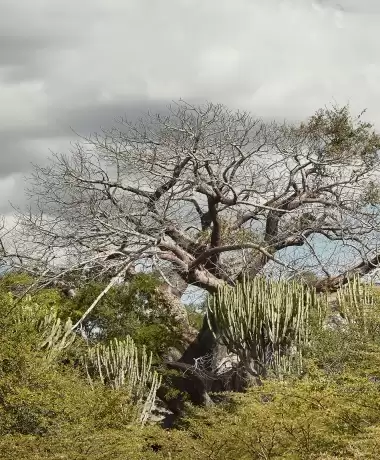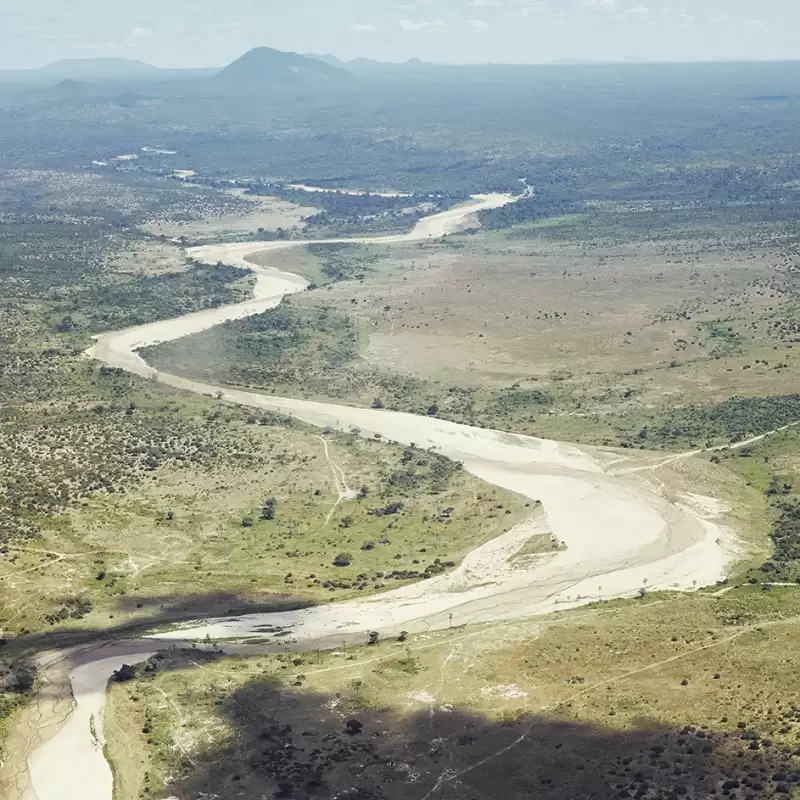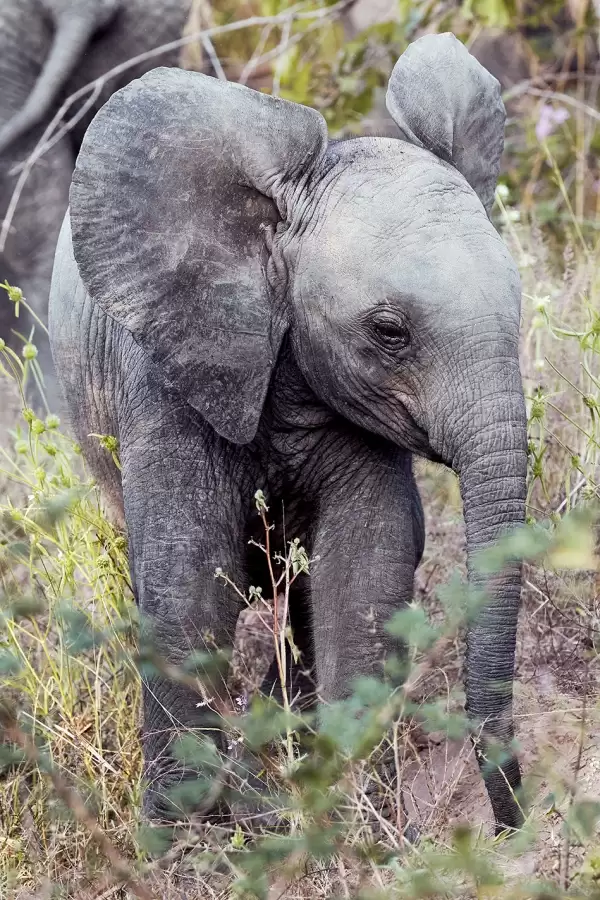As one of the most remote tourist destinations in Tanzania, the Ruaha National Park is one of the least visited national parks. This, combined with its massive size, results in safaris that feel super-exclusive and all the more special with low numbers of game vehicle traffic. In contrast to popular and more iconic national parks or private concessions, it is rare to share your sightings with other vehicles, let alone queues for sightings. There are not many naturally wild places like this left in our world. The Ruaha has a flourishing eco-system that is pristine.
Known for its majestic, old baobab trees you will find dotted throughout the park, in the dry season these giant trees shed their leaves, leaving the branches exposed.
The branches look alot like roots, hence the nickname the ‘upside down tree’. Given the size of these trees, poachers used to hide inside baobabs, in days gone by. During the rainy season these beautiful baobabs have a flush of blooms which form a pretty bonnet.
The Great Ruaha River is also one of the main attractions and key water source during the dry season, a magnificent arterial route to explore on game drive, often resulting in rewarding and dramatic wildlife sightings.
